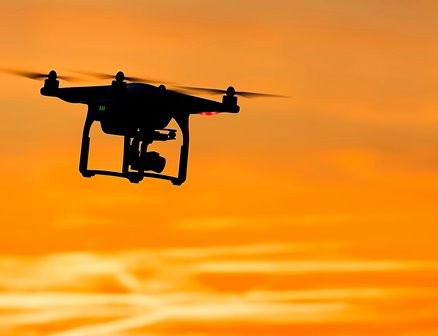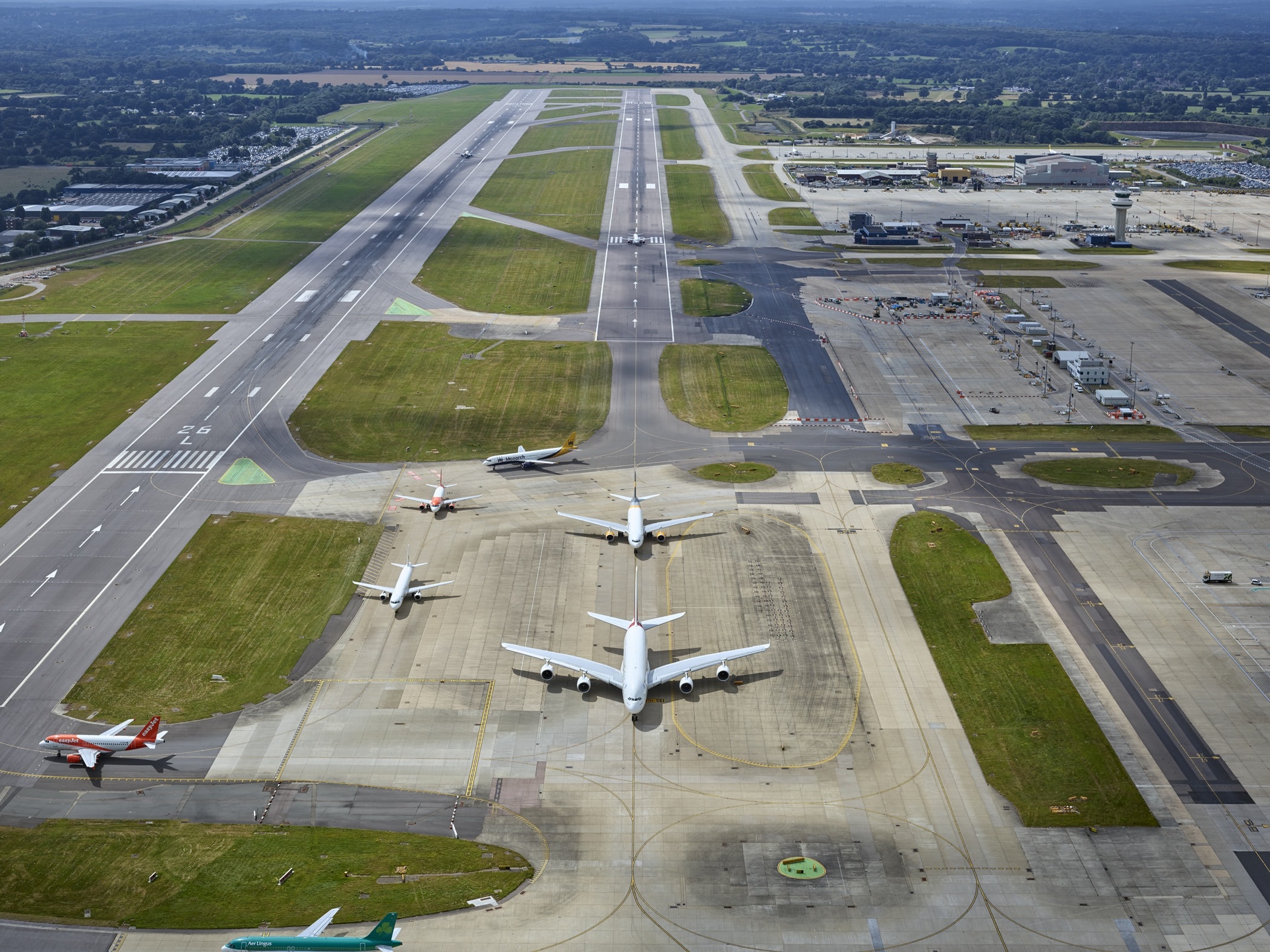How can airports, power stations and other public buildings protect themselves from malicious attacks by flying drones?
By Mark Vale
They ran rings around London’s Gatwick Airport, making a mockery of the British authorities. In December 2018, a malicious drone operator brought the country’s second largest airport to a complete standstill for a day and a half. All it took was a small flying device with copter blades. It caused chaos, cancelling or diverting around 1,000 commercial flights, ruining Christmas travel plans for 140,000 people and, according to some reports, costing airlines £50 million. But at least no one was hurt.
Imagine, though, if the drone had collided at speed with an aeroplane windscreen, or damaged a key section of fuselage, or been sucked into a jet engine. Any one of these worst-case scenarios could have destroyed a plane at landing or take-off.
In recent years there have been dozens of near misses reported between drones and aircraft, as well as several actual collisions. Fortunately none have been fatal.
In September 2017 a drone collided with a military Black Hawk helicopter near New York City. A month later, in Canada, a drone smashed into the wing of a light aircraft as it was approaching Quebec City Jean Lesage Airport. And in April 2016 the pilot of a British Airways passenger jet claimed a drone struck the front of the plane on its approach to Heathrow Airport.
Even more worrying are incidents where terrorist groups such as ISIS and Al-Qaeda have weaponised drones for use in attacks. Or a dramatic incident in Venezuela, in August 2018, when two drones detonated explosives close to the country’s President Maduro, in what many believe was an assassination attempt.
But what can be done in the battle against malicious drones? Many national governments have attempted to introduce new laws to combat them. The British government, for example, is introducing obligatory registration for drone pilots later in 2019.

Gatwick Airport, London.
Credit: J Milstein
That might put off the pranksters, such as those who brought Gatwick Airport to a standstill. But to stop terrorists or criminals intent on serious damage, a far more radical approach is needed.
Weapons manufacturers have jumped on the bandwagon. Companies such as IXI Technology, Chess Dynamics, OpenWorks Engineering, Beechwood Equipment and Kirintec are all offering devices which either capture or jam drones in mid-flight.
According to the experts there are several methods for putting unmanned aerial vehicles – to use the technical term – out of action.
Since drones are classified as aircraft, simply blowing them out of the sky is rarely an option, and risks collateral damage.
Instead, one can either jam their radio signals; or use lasers to disorientate the optical cameras used by pilots to guide them; or trick their GPS receivers into thinking they are in a different location; or capture them in a net fired from a gun; or even send trained birds of prey to bring them down.
Credit: IXI Technology
California-based company IXI Technology sells a drone-jamming device called Drone Killer. A hand-held, battery-powered machine, it emits low-power radio frequency waves similar to those used by drone operators in order to distort the data the drone receives.
According to the company’s director, Andy Morabe, this dupes drones into their fail-safe mode, forcing them to abort their flight, and return to their point of origin or descend slowly to the ground.
Drone Killer has a range of 1,000 metres or so, he claims, but has no effect on broadband or mobile phone signals, or other radio frequencies.





